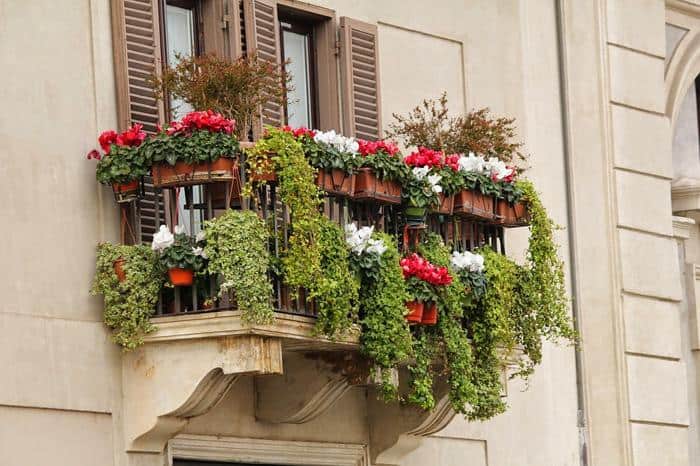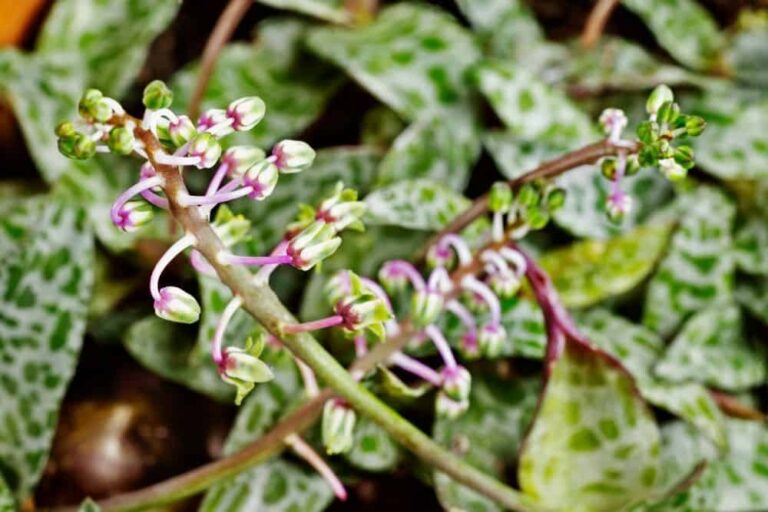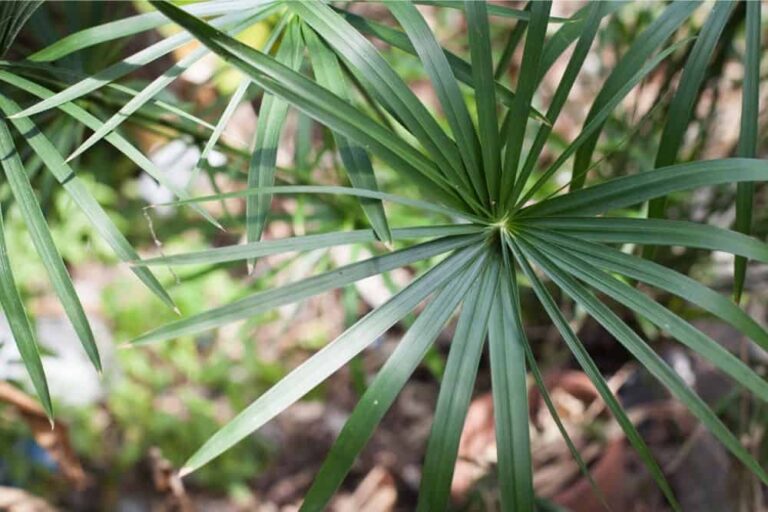A Comprehensive Corn Plant Care Guide
The Dracaena fragrens, or corn plant, is a popular indoor plant in the U.S., Europe, and the UK. It gets its name from its leaves, which resemble the corn stalks of the Zea mays, the real corn plant that contains maize. It’s low-maintenance, without many requirements for water, light or daily care. If you’re new to gardening and want a plant that will thrive despite occasional mishaps, then the corn plant is for you.
Corn Plant Facts
The Dracena fragrens (also called the Dracaena massangeana) is indigenous to Africa. However, most Corn Plants sold in the U.S are grown initially on farms in Central America. Growers cut the plants to a specified length, and send them to U.S. growers in Florida and California before being sold to stores.
The Corn Plant (the non-edible one) makes an attractive but not overpowering centerpiece for reception rooms, large hallways, living rooms, and offices. You’ve probably seen one while waiting for a doctor’s appointment. Although corn plants are best known for canes that grow up to 12 feet tall, you can grow a small tabletop version as well.
When growing outdoors in its natural habit, corn plants sprout fragrant flowers (fragrens, get it?) but not so much indoors where the leaves are the attraction. Shiny lanceolate (lance-shaped) leaves arch and grow outward from a rosette in the center of the plant. From a distance, these plants, when well cared-for, look artificial because their leaves are so sturdy and perfectly formed.
Like other Dracaena plants, the Corn Plant can flourish in low light without regular watering. Place your corn plant near a window with filtered or indirect sun. Low light is fine, but don’t leave your Dracaena fragrens in the dark; it will lose its distinctive stripes.
The Dracaena fragrans ranked high in a NASA study about plants that remove toxins from the air. (source) If you’re concerned about home air quality, a corn Plant offers natural, low-cost air purification.
Watering Your Corn Plant
Use distilled water before giving your corn plants a drink. The Dracena Frangrens’ leaves are sensitive to fluoridated water. Even if your city offers non-fluoridated water, it’s still a good idea to use only filtered tap water to ensure all toxins are gone before watering.
Wait until the top half to three-quarters of your plant’s soil is dry before watering. Over watering is the one deadly mistake you can make with a Dracaena fragrans.
If you water your plant with fluoride-heavy tap water, the tips of the leaves may burn. You can flush soil every three to six months, or prevent the tips of leaves from burning with gypsum or chelated calcium. Switch to distilled water if you can afford it to avoid after-the-fact maintenance.
Water more frequently during spring and summer. If the leaf tips turn brown, you need to water the plant more.
Growing and General Care
A Corn Plant thrives in 40% humidity, but the humidity in most homes and apartments should suffice. Use a mist sprayer on leaves to improve humidity and prevent blemishes. Keep the temperature in the mid-70, but no less tan 55 degrees.
Most Dracaena plants don’t grow flowers, except the Corn Plant. Small sprays of white flowers will shoot out of the crown of plants that are at least a few years old. These sprays have a fragrant, sweet smell. The Corn Plant truly earns its botanical name, Dracaena Fragrans, as some people find the smell overpowering.
Indoor plants rarely develop large flowers. If your plant grows large white flowers, immediately cut them off, as they prevent new leaves from growing. Small flowers won’t interfere with the plants’ growth.
When buying a Corn Plant, choose one that has three or more canes of varying heights in the container. A plant with at least three canes ensures your Dracaena Fragrans will always look full.
Corn plants carry plenty nutrients in their canes, so you don’t need to overload them with fertilizer.
Use a 20.20.20 liquid fertilizer once a month during the spring and summer. You don’t need to fertilize the plant during the winter.
Use loose, slightly moist soil with good drainage for your Corn Plant.
Here’s a time lapse video “Dracaena fragrans blooming” from the Teddy Wong YouTube Video Channel to give you a first-hand look at a flowering, mature Corn Plant.
Planting and Propagating
Leaves move higher on the cane as Corn Plants age. When leaves shift to the upper half of the cane, you can remove the plant crown and put it in a pot filled with compost. Add a rooting hormone and keep the bottom of the pot heated. To make sure the bottom stays hot, try to propagate in the summer or late spring.
After removing the plant’s crown, cut the cane that’s left to about half its original length. One or more new growths will develop from this cut. Hopefully, several growths will sprout to give your plant a lush, full appearance.
Root quickly from cuttings. Put cuttings in warm, moist soil, and make sure the dirt is strong enough to support upright cane. Use a rooting hormone, like indole-3-butyric to increase growth. Keep track of right side up when rooting the plant. It won’t root if you place it upside down.
Don’t be hasty when cutting the leaves on your Corn Plant. Learn how to properly cut off worn or wilted leaves to refresh your corn plan from the video, “How to Cut the Leaves from a Corn Plant: Urban Garden” by Kaye Kitrell of the Late Bloomers Web Show and the Expert Village YouTube Video Channel.
https://youtu.be/-bmVa-y5E2c
Pests and Precautions
Indoor plants may attract mealy bugs or spider mites. You may bring them in on your clothes or gloves from working in your garden. To prevent bugs from attaching to your corn plant, regularly dust the leaves. Shower your corn plant with a spray bottle if water and a drop of Dr. Bronner’s or another gentle, natural cleaner to guard against bugs.
If you your corn plant suffers an infestation, use a potassium-based insecticide spray or specialized spider mite spray. (source)
Photo by Forest and Kim Starr licensed under CC-By 2.0



